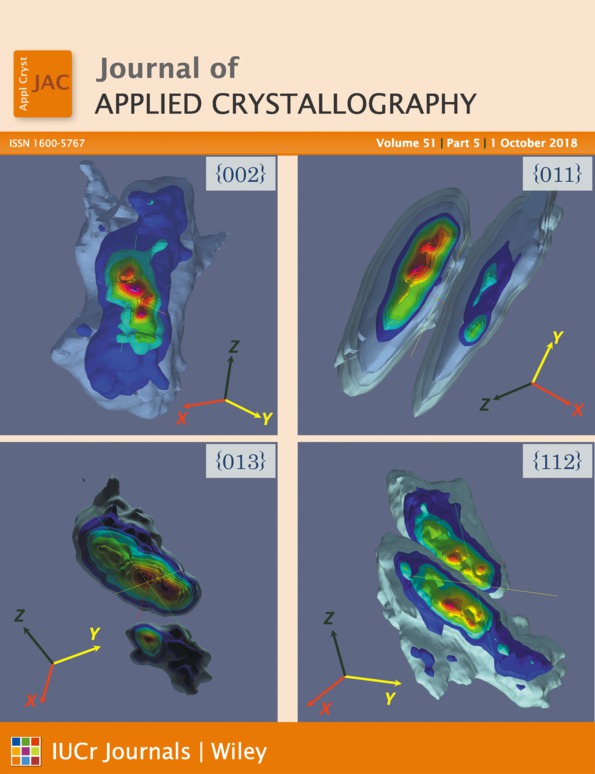On physical scattering density fluctuations of amorphous samples
Abstract
Using the rigorous results obtained by Wiener [Acta Math. (1930), 30, 118–242] on the Fourier integral of a bounded function and the condition that small-angle scattering intensities of amorphous samples are almost everywhere continuous, the conditions that must be obeyed by a function η(r) for this to be considered a physical scattering density fluctuation are obtained. These conditions can be recast in the following form: the V → ∞ limit of the modulus of the Fourier transform of η(r), evaluated over a cubic box of volume V and divided by V1/2, exists and its square obeys the Porod invariant relation. Some examples of one-dimensional scattering density functions obeying the aforesaid condition are numerically illustrated.




